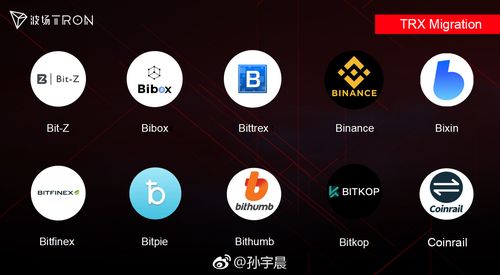Understanding Blockchain Nodes: Types, Functions, and Importance
Blockchain technology, at its core, operates through a network of interconnected nodes. These nodes play a crucial role in maintaining the integrity, security, and decentralization of the blockchain network. In this discussion, we'll delve into the concept of blockchain nodes, exploring their types, functions, and significance in the blockchain ecosystem.
What is a Blockchain Node?
A blockchain node is essentially a computing device (such as a computer or server) that participates in a blockchain network. Each node stores a copy of the entire blockchain or a portion of it, depending on the type of node and the blockchain protocol being used. Nodes communicate with each other to validate transactions, propagate information across the network, and ensure consensus among participants.
Types of Blockchain Nodes:
1.
Full Nodes
:Full nodes maintain a complete copy of the blockchain ledger.
They validate and relay transactions, as well as enforce consensus rules.
Full nodes are crucial for maintaining the security and integrity of the blockchain network.
Examples include Bitcoin Core for the Bitcoin network and Geth for the Ethereum network.
2.
Lightweight Nodes (SPV Nodes)
:Lightweight nodes, also known as Simplified Payment Verification (SPV) nodes, do not store the entire blockchain.
They rely on full nodes to provide them with relevant information when needed.
SPV nodes are typically used in resourceconstrained environments such as mobile devices.
Examples include mobile wallets for cryptocurrencies like Bitcoin and Ethereum.
3.
Mining Nodes
:Mining nodes are specialized nodes that participate in the process of adding new blocks to the blockchain.
They compete to solve complex mathematical puzzles in order to validate transactions and create new blocks.
Mining nodes require significant computational power and energy resources.
Examples include mining rigs or specialized hardware like ASICs (ApplicationSpecific Integrated Circuits).
4.
Masternodes
:Masternodes are a feature of some blockchain networks that provide additional services beyond basic transaction validation.
They often require a certain amount of cryptocurrency to be held as collateral to operate.
Masternodes can perform functions such as facilitating instant transactions, providing privacy features, and participating in governance.
Examples include Dash masternodes and Zcoin's Znodes.

Functions of Blockchain Nodes:
1.
Transaction Validation
:Nodes verify the authenticity and validity of transactions by checking them against the consensus rules of the blockchain protocol.
This helps prevent doublespending and ensures the integrity of the ledger.
2.
Consensus Mechanism
:Nodes participate in the consensus mechanism of the blockchain network, which determines the valid state of the ledger.
Consensus mechanisms can vary, with common ones including Proof of Work (PoW), Proof of Stake (PoS), and Delegated Proof of Stake (DPoS).
3.
Network Propagation
:Nodes propagate new transactions and blocks to ensure that the entire network stays updated and synchronized.
This helps maintain the transparency and decentralization of the blockchain.
4.
Security
:By distributing copies of the blockchain ledger across multiple nodes, the network becomes resistant to tampering and censorship.
Nodes contribute to the security of the network by collectively enforcing consensus rules and detecting any malicious activity.
Importance of Blockchain Nodes:
1.
Decentralization
:Nodes are instrumental in decentralizing control over the blockchain network, as no single entity has complete authority.
This fosters trust, transparency, and resilience, making it difficult for any one party to manipulate or control the system.
2.
Resilience
:The distributed nature of blockchain nodes enhances the resilience of the network against various forms of attacks and failures.
Even if some nodes fail or become compromised, the network as a whole remains operational and secure.
3.
Trustlessness
:Blockchain nodes enable trustless interactions among participants, meaning that users can engage in transactions and interactions without needing to trust a central authority.
Transactions are validated and executed based on predefined rules and cryptographic principles.
4.
Innovation
:Nodes serve as the foundation for various blockchainbased applications and platforms, enabling innovation in areas such as finance, supply chain management, identity verification, and more.
Developers can leverage the decentralized nature of blockchain nodes to create new and disruptive solutions.
Conclusion:
Blockchain nodes form the backbone of blockchain networks, playing a vital role in ensuring their security, decentralization, and functionality. Whether they are full nodes, lightweight nodes, mining nodes, or masternodes, each type contributes to the overall integrity and resilience of the blockchain ecosystem. By understanding the types, functions, and importance of blockchain nodes, we gain insight into the underlying mechanisms that power decentralized technologies and drive innovation across industries.
标签: 区块链农产品溯源 区块链nonce为0 区块链nonce值的作用







